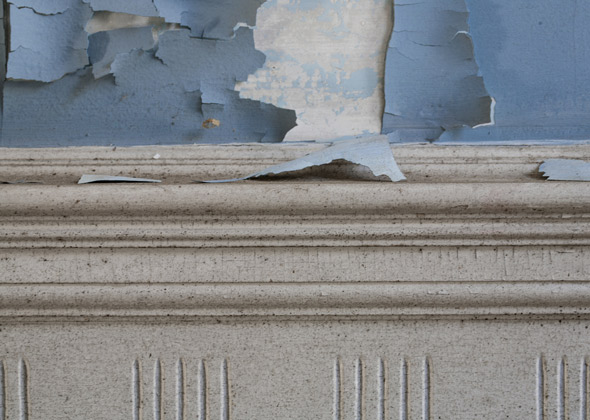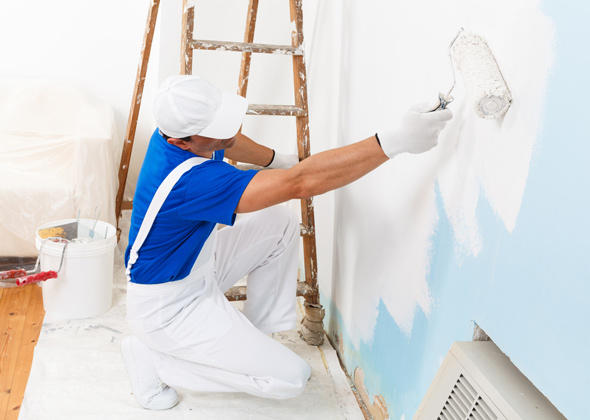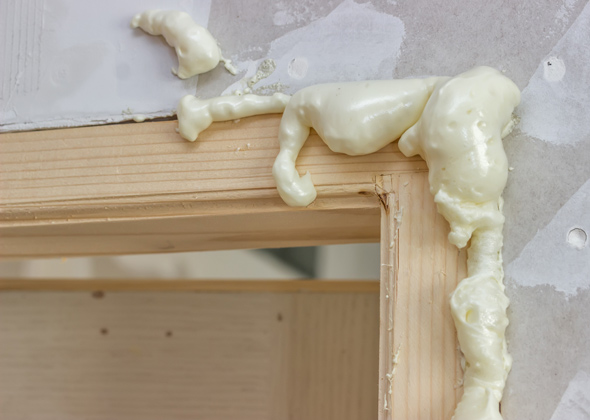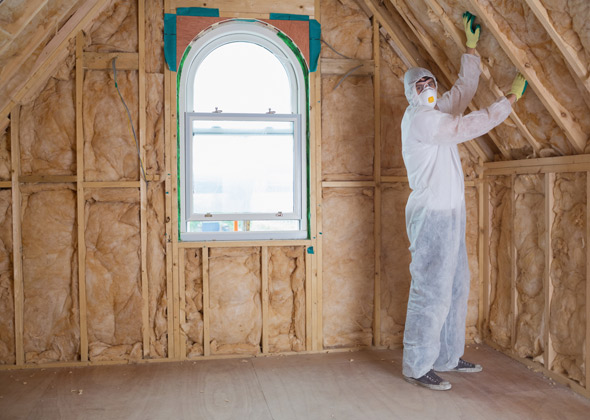7 Common Home Repair Dangers for Pets
Published on April 12, 2016
Skip To
Spring is here, which means it’s home repair season. Perhaps
you’re itching to finally repaint your living room or maybe you’re getting
ready to replace the tile in your guest bathroom. Whatever you’re planning for your next project, as a pet owner, you know that your cat and/or dog often likes to “help” you out.
You may think of this as funny or merely a nuisance, but as a veterinary
toxicologist for the ASPCA, I know from experience that sometimes your animal’s
curiosity can get him in serious trouble.
Before you start scraping, painting and drilling, brush up on these common home fixer-upper dangers and learn how to protect your pet. If you suspect your pet has ingested any of the substances listed below, contact your veterinarian immediately or call the ASPCA Animal Poison Control Center at 1-888-426-4435.
One of the best ways to help keep your pet safe from these dangers is to keep him away from your work area. You may need to close a door or put up a baby gate. If that’s not possible, consider boarding your pet at a kennel or with a friend or family member until your home repair project is complete.
More on Vetstreet:
Before you start scraping, painting and drilling, brush up on these common home fixer-upper dangers and learn how to protect your pet. If you suspect your pet has ingested any of the substances listed below, contact your veterinarian immediately or call the ASPCA Animal Poison Control Center at 1-888-426-4435.
One of the best ways to help keep your pet safe from these dangers is to keep him away from your work area. You may need to close a door or put up a baby gate. If that’s not possible, consider boarding your pet at a kennel or with a friend or family member until your home repair project is complete.
More on Vetstreet:
- 6 Signs Your Dog Loves You
- Will My Dog Get Sick If He Eats Bugs?
- Common Scenarios That Can Cause Dogs to Bite
- Spring Plants That Are Dangerous for Dogs and Cats
- Common Health Hazards and Toxins for Small Mammals












